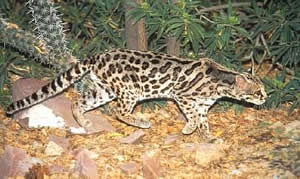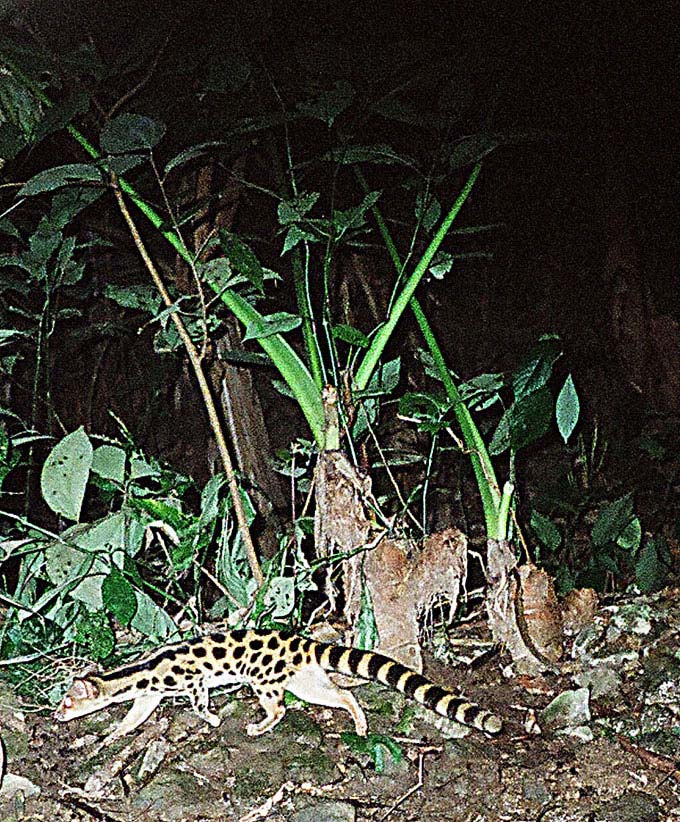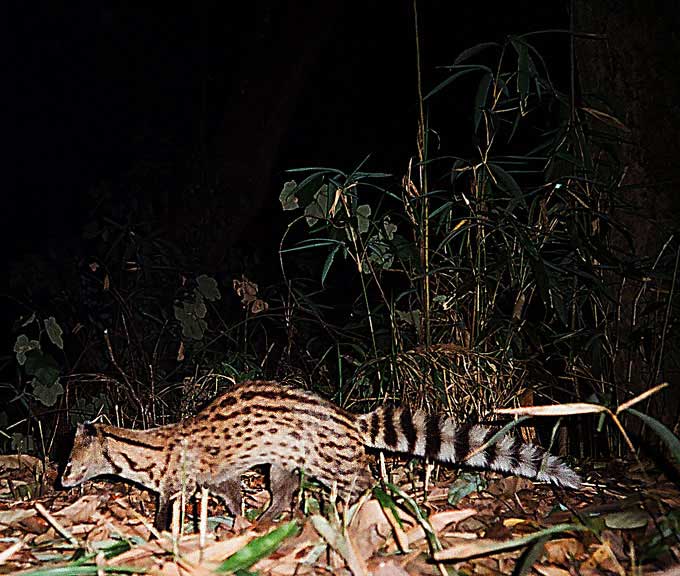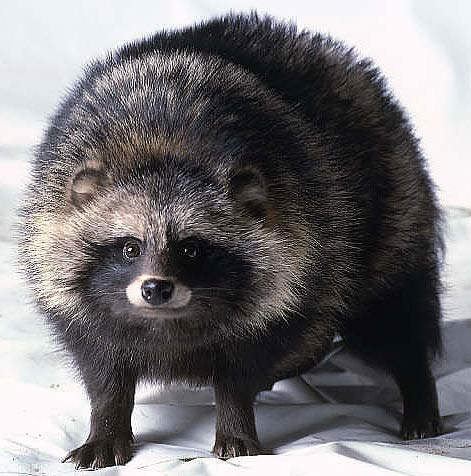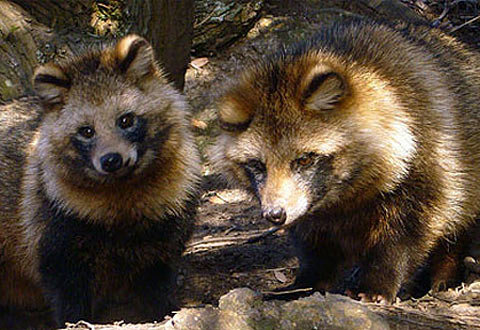Do we need the moon? Can the moon tell us about our evolution? Could we evolve without it?
The answers are probably more interesting than you think...but before I answer them I think we should have a moon review! Most people know general facts about the moon (unless you are Bill O'Reilly) but I will briefly summarize the important aspects that will be used later, along with lots of pictures.
Hopefully after this you not only know more about our moon but also know much more about the evolution of life on this planet.
Hopefully after this you not only know more about our moon but also know much more about the evolution of life on this planet.
Size and Distance:
The moon is about 1/4 the diameter of the Earth and it is 238,857 miles away, receding away about an inch every year.
Gravitational Pull and Tides:

Its large size creates a gravitational pull that causes our ocean to be pulled up towards the moon as it orbits, creating high and low tides.
Tilt and Seasons:
Moon Formation

4.5 billion years ago Earth was still a ball of flowing lava and liquid iron. It was completely moonless, causing it to spin so fast it had an 8 hour day.
Planet Collision & Debris Orbit

30 million years later a large planet partially collided with Earth, creating its 23.5° tilt and blasting off 70% of the molten crust. This debris became trapped in an orbit around Earth and within possibly one year had coalesced into the moon.
Core, Magnetic Field, & Tectonic Plates  |
While the moon formed with the light materials, the heavier materials reabsorbed into the Earth. This caused our planet to have 1 ½ cores, giving us a stronger gravitational field. The planet lost heat slower as a result and was able to create plate tectonics.
Early Distance and Pull
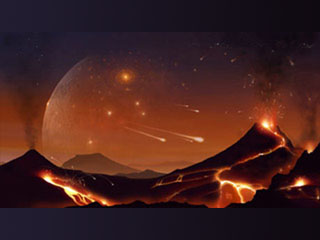
Early after its formation, the moon was 10–15 times bigger in the sky because it was only 14,000 miles away. This close proximity causes the pull to be 200 times stronger. Oceans had yet to form so it pulled on the molten surface of the Earth and created waves more than half a mile high, twice a day.
Cooling and Slowing

The planet and moon cooled to where Earth could retain water. They have remained gravitationally locked and the moon gradually slowed down the rotation of the Earth from 8 to 24 hours.
Scenario 1: Moon Disappears
It is easily seen that our moon has a large impact on the planet but do you think we actually NEED it? If it disappeared suddenly tonight would we notice? What if our planet never had one in the first place, would we still have evolved?

For those who watched Dragon Ball Z...Piccolo blew up the moon
To determine if we need it at all we need to look at two different scenarios of a moonless Earth! Since The Universe did this subject very well I have used images from the episode.
If our moon decided to bail on us suddenly, the Earth would immediately notice its absence.
Ocean Tides & Floods
Almost immediately the tides pulled by the moon drop back down which causes global tsunamis that erase islands and devastate coastal cities. This water has been estimated to be 50 feet+, which almost drowns the whole state of Florida. Once the water has been redistributed globally it rushes to the next strongest gravitational pull: the sun. The pull of the sun on the oceans is 1/3 that of the moon's and it is creating not lunar tides but solar tides, which are significantly weaker.
Sea Currents & Climate
The sudden change in the tides will cause ocean currents to shift dramatically, causing changes in the weather patterns globally. These abrupt climate changes will cause crop failure in many areas. On land, birds and insects that migrate seasonally or rely on regional plant life are thrown into chaos and will most likely go extinct. After the first level of collapse everything that relies on them will follow suit, causing an mass breakdown of ecosystems.
Moonlight & Disorientation
Mass extinction is caused by the disappearance of light from the moon because many animals determine their mating periods and feeding times by the moon. Without the moonlight, turtles would not know when to move inland to lay eggs, fish will be disorientated on when to lay eggs as well, and algae will stop moving to the surface which will cause many to lose their main food resource. The whole ecology of the ocean is tuned to light and without it every organism will eventually be completely disrupted.
Erratic Tilts & Environment
If humans somehow survive the collapse of global ecosystems, we still have to deal with the long term issues. Earth's regulated tilt is almost constant and its caused by the gravitational connection to the moon, which acts as a stabilizer. This causes us to not only have 4 seasons but keeps us from falling over and freezing the poles. Mars does not have a large gravitational body to keep it on a constant tilt so the planet over several hundred thousand years goes into fits of varying tilts by up to 90°. This will literally cause the ice covered poles of Mars to fall over towards the sun. The other planets also pull causing it to swing around erratically. This extreme variation in tilt is a mirror of what would happen to the Earth without the moon. Without the moon over time the Earth will go through massive environmental disruption over and over again as it wildly turn its the poles towards the sun, causing jungles on the poles and ice on the equator.
If the moon disappeared everything today would be affected because everything evolved with the moon’s influence. Well, if we would be wiped out if you took it away from us now, what if we never had one in the first place?
Scenario 2: Moon Never Formed
We must start back again when the planet was forming but this time leave out the moon.
4.5 billion years the fast spin of the Earth creates a shorter day. Earth’s crust is still molten but no planet will collide with it so no crust is blown off. The Earth also keeps its original core size instead of having 1 ½ cores, causing there to be no plate tectonics, no mountain ranges, and water covering most of the crust with a higher sea level. The planets tilt is unregulated by the moon and is subjected to the gravitational pull from the sun and planets. Without the moon the planet has a totally black night.
Obviously the planet is different without the moon but just stating all of this does not really help you predict what a moonless Earth would be like today, so we have to take these different results and allow them to play through 4 billion years and see what we get.
In the beginning, the moonless Earth spins fast creating an 8 hour day that will slow to 12 hours in 4 billion years. This is at least double the speed and it has major effects on the planet inside and out. The quick rotation causes global howling winds where in some places could reach 200 mph causing thicker storms and violent waves that batter coastlines. The winds also cause more jet streams, turbulence, and lightning. It is a very loud and chaotic world so if complex animals arise they must find a way to communicate despite shrieking winds. The sound and smell communication and detection that dominates our world would most likely never evolve because of the exceptionally loud and windy nature of the planet. So animals must use either the other known systems or do something completely unknown to us. Visually, it could be using limbs or colors to communicate or be the development of extra limbs to express messages silently. These extra limbs could also be used for stability and protection from the elements when the weather becomes violent, as it will often do. There could also be a development of a specialized auditory system that cancels out the wind’s shrieking sound or be tuned specifically to their species frequency and are able to hear it through all other noise. Perhaps if most things are grounded, there will be a development of an acute ability to sense nearby vibrations on the ground. Beyond these there could be another sensory system that could be developed that we do not experience on this planet. If there IS complex life, it’s nothing like we know today.
The rotation speed causes the smaller core to churn faster and produce an enhanced magnetic field that more effectively blocks solar particles and causes very large and spectacular auroras. This enhancement will cause less radiation to affect the replicating life forms. Mutations are the driving force of evolution and reducing the radiation will decrease the amount of mutations that can be chosen for or against. This will slow the rate at which life can evolve and adapt and will probably cause the majority of life forms to maintain a simpler form. This planet does not have the stability we have and will experience extremely random environmental changes. The only animals we know that can survive through extreme environmental change are simple bacteria. Complex animals cannot do this as they need stability to build up their adaptations. Without the stable climate to give the time and without the rate of mutations to drive the change, complex creatures are going to have a very hard time developing if they develop how we think they do.
When there was an 8 hour day it created an environment which only gave organisms 4 hours to absorb sunlight and 4 hours of complete darkness. All organisms today came from ancestors that either absorbed sunlight as their energy resource or eventually ate organisms that absorbed sunlight. With only 4 hours of sun exposure that is filtered through a stronger magnetic field, the life that could arise would most likely not be similar to anything we know. 4 hour days could also lead to less time for metabolizing and thus shorter life spans, less time for seeking mates, and less time to find resources. With darkness at night animals might have to develop enhanced sensory systems to use starlight or even have night vision goggle-like capabilities. The system that could develop like this would be truly an interesting site.
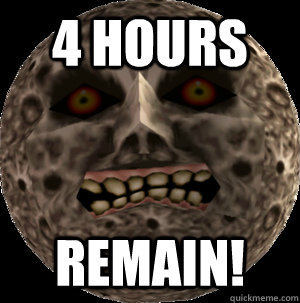
Axial Tilt & Climate

Axial Tilt & Climate
The difference in the tilt will cause the greatest amount of distress and will be the main driving force holding complex life back OR possibly becoming push to invent something brand new. Without a moon to stabilize the tilt, Earth shifts back and forth over millions years which shifts climates into extreme opposites. Our planet today wobbles from its tilt and over a period of 26,000 years the tilt will vary a few degrees but it is highly predictable because it is regulated by the moon. Without the moon the Earth would actually wobble more slowly which would cause the variations to become more unpredictable and dramatic. If you think of a spinning top; the faster you spin the less it wobbles and as soon as it slows down it begins to wobble wildly...but slower. A moonless Earth could be wobbling for 30,000 up to 50,000 years and with the higher numbers it can cause the planet to fall over and switch the positions of the poles with the equator. This will cause the poles to melt rapidly and disrupt ocean currents/weather patterns and sea levels at the equator, causing a never ending shift between bursts of adaptation and mass extinction. This is the epitome of chaos and whatever life could develop here would be the textbook definition of an creature from another world.
Back to my original questions:
Do we need the moon? Can the moon tell us much about our evolution? Could we evolve without it?
The second scenario of an Earth developing without a moon can answer the following questions: does the moon tells us about our evolution and can we evolve without it? Our planet from the beginning would be a different world. The lack of a collision causes the core to be smaller and the planet to cool off faster. This cooler planet never develops plate tectonics and thus has very little mountain ranges or landmasses, causing the sea level to be higher. Without the moon to slow us down the planet spins at double the speed, shortening the day and causing shrieking winds, extreme storms, and violent waves. This rotation speed also churns the core and causes a stronger magnetic field that blocks radiation and slows the mutations that drive life. The planets tilt is also unregulated without a moon causing it to vary wildly, shifting the poles to the equator and back again. This extreme environment restricts the amount of complexity that can develop, and any organisms that do develop must survive in environments that shift to extreme opposites often and randomly. This extreme world would most likely create organisms that are like nothing we have ever seen before, and would never allow the evolution of any of the ancestral groups that lead to our species or anything alive today. The moon tells us that our evolution needed a weaker magnetic field, slower days, calmer winds, plate tectonics, consistent tilt, stable environments, and moonlight to create the ancestors that would eventually become all of the life we know today. Sure, life can develop without these requirements but this life would be on its own path far away from our own.
So...primates would never exist because there would be no tall trees for them to drive their development. There would be no food to feed them because the strong winds would not allow the development of the flowering plants, and thus the evolution of most of the insects. The lack of plate tectonics partnered with the lack of tides would never create the inner tidal pools and gradual shorelines that helped the first land animals evolve. The shrieking winds would not allow the development of our ancestor’s vocal or hearing abilities which takes away our language, probably the most important part of humanity. Our ability to stand tall and upright, speak, see, hear, taste, and even think has been taken away. No part of the primate could exist without the moon.

Our moon made us who we are. Maybe we should look up at the sky and take notice a little more, and maybe even tell that big ball of ancient debris “thank you!”!












































